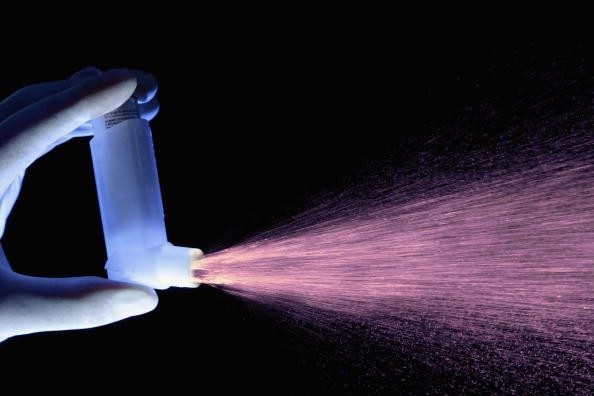
Chlorofluorocarbons (CFCs) were banned in 2005 from aerosol inhalers because they deplete the ozone layer. But when the ban took effect in 2008, the unintended consequence was that generic albuterol inhalers, which are widely used in asthma and chronic obstructive pulmonary disease (COPD), have been replaced by more expensive inhalers that use a different propellant.
A study found that the average out-of-pocket cost for albuterol went from $13.60 per prescription in 2004 up to $25.00 right after the 2008 ban. However, the costs had lowered to $21.00 (95% CI, $20.80-$21.20) per prescription by the end of 2010. Researchers determined this by evaluating information from private health insurance claims for more than 100,000 adults and 37,000 children. They did not look at how the increased price affected people who did not have insurance.
Albuterol is one of the most widely used inhaled drugs in treating asthma and COPD. Albuterol inhalers are used to help prevent attacks of wheezing, shortness of breath, and coughing and to treat these attacks if they start.
CFCs were banned in other aerosol spray containers in 1987, but inhalers were exempt because they were considered essential. The FDA overruled this exemption in 2005, which is when inhalers using hydrofluoroalkane began to be marketed. These inhalers also contain albuterol, but they are still under patent which means they are branded products rather than generic and that they cost more.
The researchers also found that there was a small decrease in the number of patients using inhalers. However, the rates of hospitalizations, visits to the emergency room, or visits to doctors or clinics due to asthma did not change after the CFC ban.
"Here's an example of a really well intended public policy geared toward improving the environment, but the question is in this particular case whether or not the reduction in use of these propellants was worth it," said Dr. Anupam B. Jena of Harvard Medical School, lead author of the study, in a phone interview with Reuters Health.

